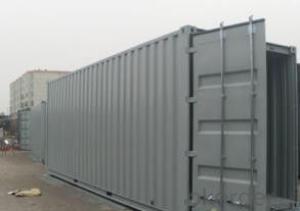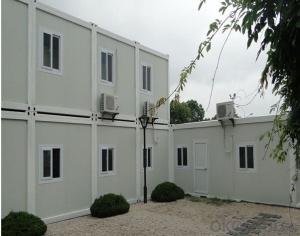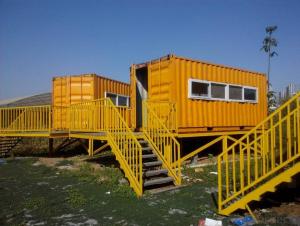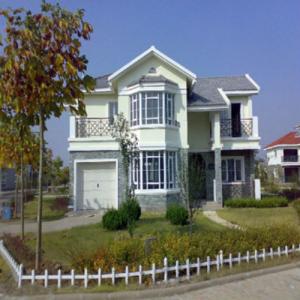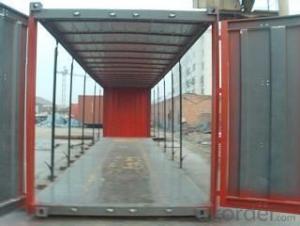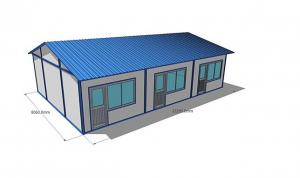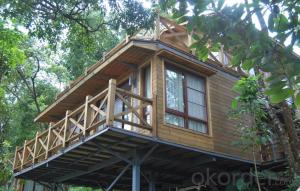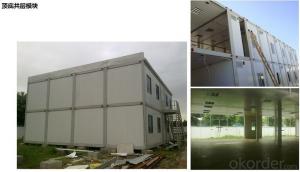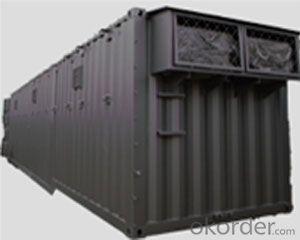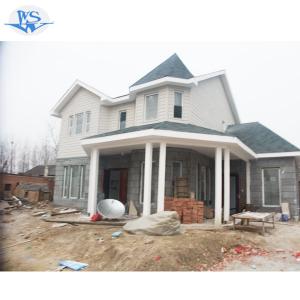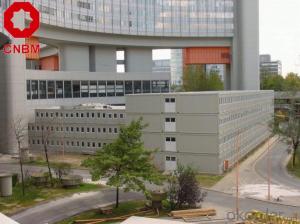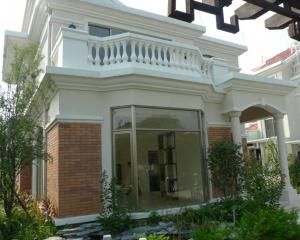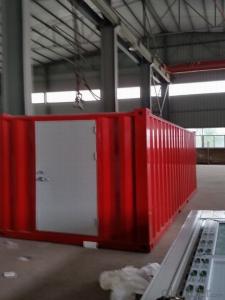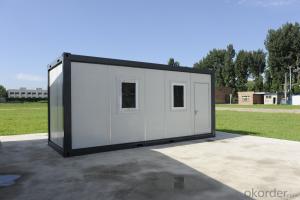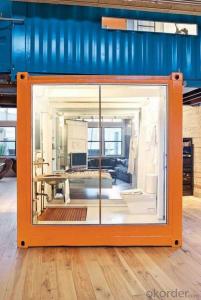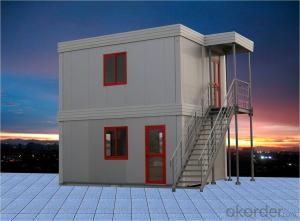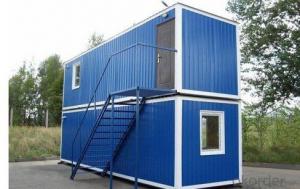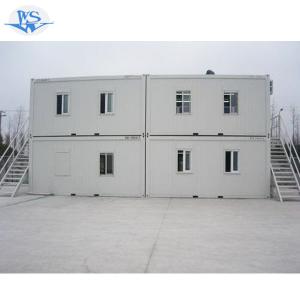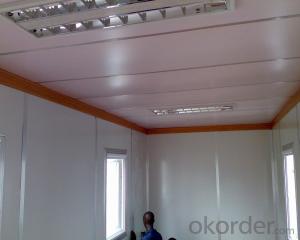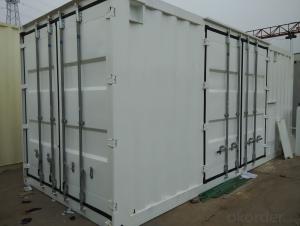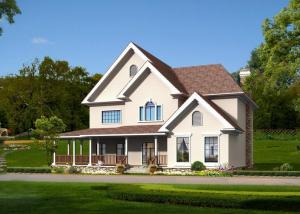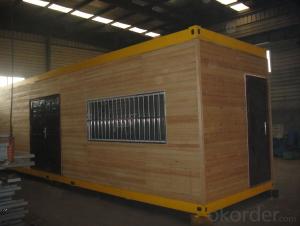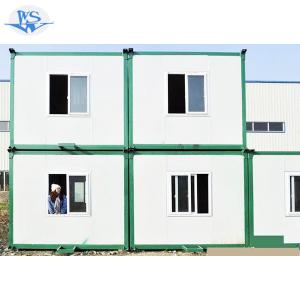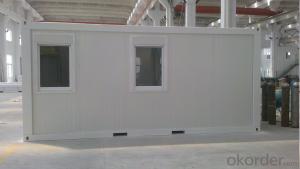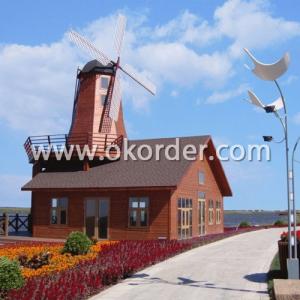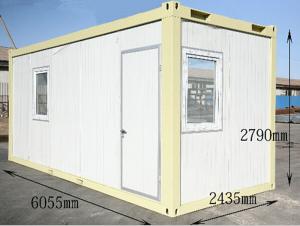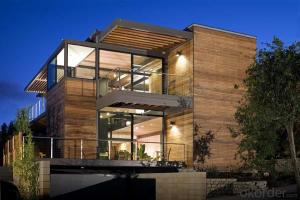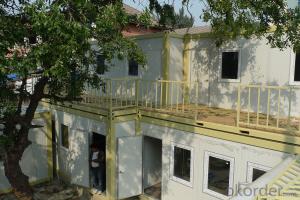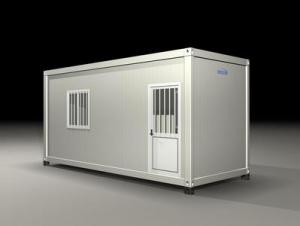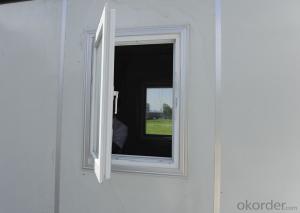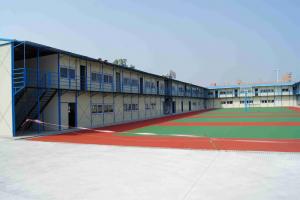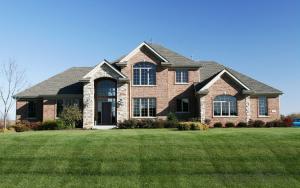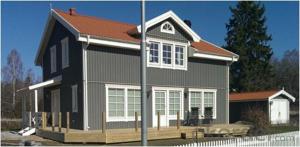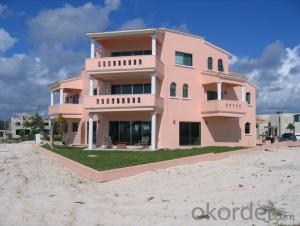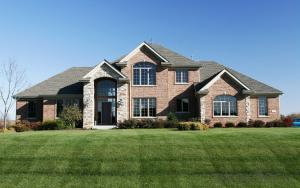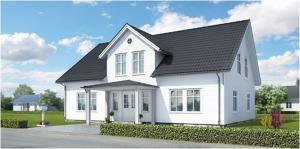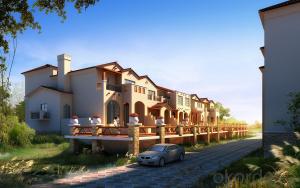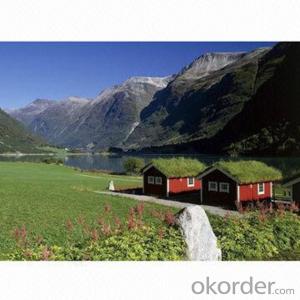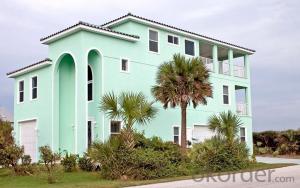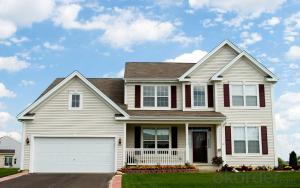Prefab Cargo Container Homes
Prefab Cargo Container Homes Related Searches
Prefab Houses Container Construction Homes Contemporary Prefab Homes Prefab Aluminum Buildings Contemporary Container Homes Used Shipping Container Homes For Sale Prefab Villa Finished Container Homes For Sale Prefabricated Housing Modules Flat Pack Log Cabin Homes Insulated Cargo Containers For Sale Old Containers For Sale Cargo Caddy Prego Flooring Lorry Containers For Sale Cargo Crates For Sale Steel Building Homes Cargo Van Shelving Modern Trailer Homes Ex Display Log Cabins For Sale Large Metal Containers For Sale Steel Homes Easy Home Vacuum Storage Bags Railroad Shipping Containers For Sale Van Storage Bins Van Cargo Conex Containers For Sale Roof Rack For Cargo Van Steel Metal Homes Commercial Truck ShelvingPrefab Cargo Container Homes Supplier & Manufacturer from China
Prefab Cargo Container Homes are innovative, eco-friendly housing solutions that have gained popularity in recent years. These homes are constructed using repurposed shipping containers, which are transformed into comfortable and functional living spaces. They offer a sustainable alternative to traditional construction methods, as they utilize existing materials and reduce waste. The modular design of these homes allows for easy customization and transportation, making them an ideal choice for a wide range of applications.Prefab Cargo Container Homes are suitable for various usage scenarios, including residential, commercial, and temporary housing needs. They can be used as standalone homes, guest houses, or even as office spaces. Their durability and low maintenance requirements make them an attractive option for those seeking a cost-effective and efficient housing solution. Additionally, these homes can be easily transported and reassembled, making them perfect for remote locations or disaster relief efforts.
Okorder.com is a leading wholesale supplier of Prefab Cargo Container Homes, boasting a large inventory of high-quality products. They offer a wide range of container homes to cater to different needs and preferences, ensuring that customers can find the perfect solution for their specific requirements. With their extensive experience in the industry, Okorder.com is committed to providing top-notch customer service and support, ensuring that clients receive the best possible experience when purchasing their Prefab Cargo Container Homes.
Hot Products


